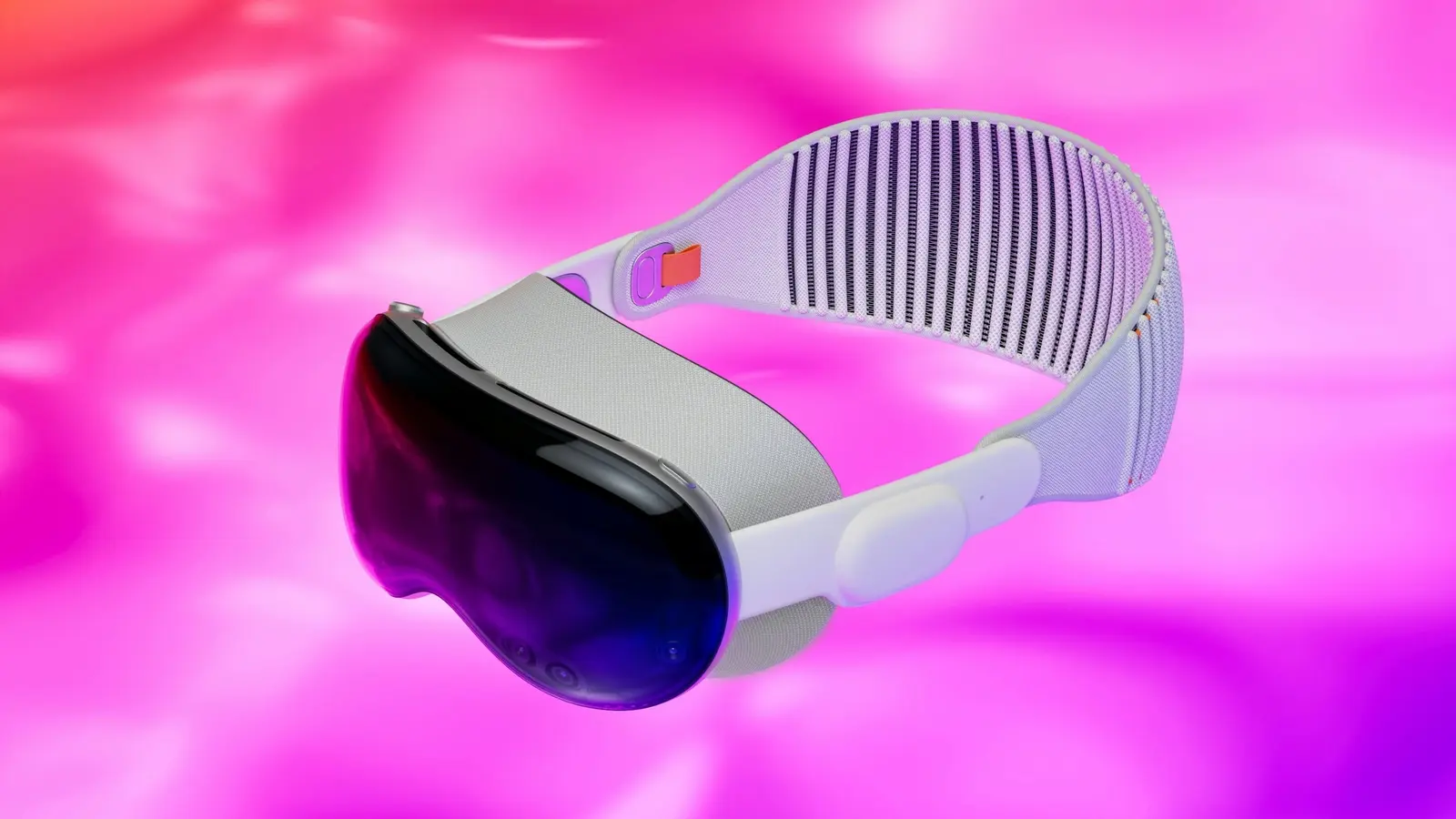We will explore the key differences between AR and VR, their respective strengths and weaknesses, and discuss who might be winning the race in the battle for immersive experiences
By Babar Rafat, CEO
10/5/2024

In recent years, Augmented Reality (AR) and Virtual Reality (VR) have emerged as revolutionary technologies, transforming how we engage with digital content. Both offer immersive and interactive experiences but differ in their approach and applications. In this post, we’ll explore the key differences between AR and VR, examine their respective strengths and weaknesses, and assess the current state of the race between these two immersive technologies.
Augmented Reality (AR) enhances the real world by overlaying digital content onto the physical environment. Through devices like smartphones, tablets, smart glasses, or headsets, users can view and interact with digital elements superimposed on their surroundings. This blending of digital and physical worlds creates an enriched experience without disconnecting users from reality.
Key Applications of AR:
Virtual Reality (VR) creates an entirely immersive digital world, transporting users into a simulated environment where they can interact through headsets and controllers. Unlike AR, VR isolates users from the physical world, offering a fully immersive experience where everything around them is digitally created.
Key Applications of VR:
Both AR and VR provide unique advantages and face specific challenges, depending on the context of use.

AR has gained significant traction in recent years, especially with major tech players like Apple and Google heavily investing in AR technology. AR has seamlessly integrated into everyday devices and apps, making it more accessible for casual users. Industries like social media, e-commerce, and education are embracing AR to enhance user engagement and learning.
While AR has broader mainstream reach, VR remains strong in gaming, enterprise applications, and immersive training solutions. VR headsets like Oculus Rift, HTC Vive, and PlayStation VR are becoming more popular, and applications such as virtual meetings and tourism are expanding VR's presence beyond gaming.
It’s difficult to declare a winner in the AR vs. VR debate. Both technologies serve distinct purposes, and their success depends on the industries and use cases they address.
The future is likely to see the coexistence of AR and VR, with each technology evolving to meet different needs.
Both AR and VR are transforming how we interact with digital content. AR’s ability to enhance the real world gives it a broader reach, while VR’s capacity to immerse users makes it ideal for highly interactive experiences. Rather than one technology dominating the other, AR and VR will likely coexist, each shaping different aspects of immersive digital experiences.
As technology continues to evolve, we can expect exciting developments from both AR and VR, each contributing to the future of how we interact with digital worlds.